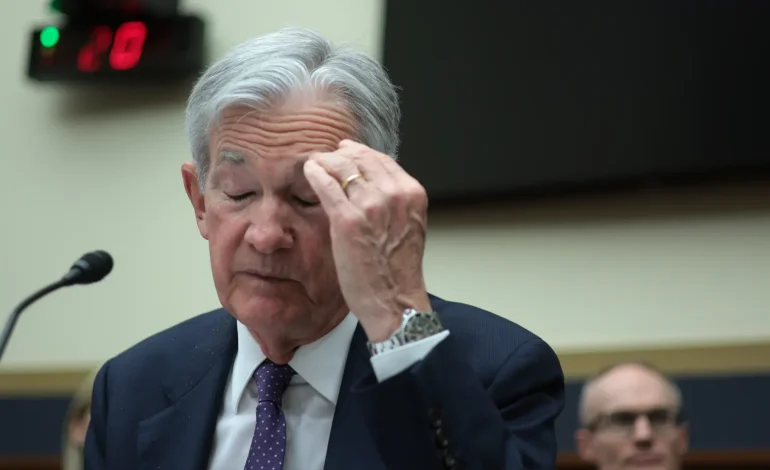Despite continued worries about rising prices, recent data suggests that inflation is no longer the dominant economic threat it once was, New York Post reports.
While consumers remain frustrated over high grocery costs, and analysts debate “sticky” price categories, broader inflationary pressures have significantly cooled compared to their peak in 2022.
Inflation has been a major challenge since 2021, with the Consumer Price Index (CPI) rising 23.4% from December 2019 to January 2025. However, the pace of price increases has slowed considerably. After reaching a high of 9.1% in June 2022, annual inflation has since dropped to 3.0% as of January. Though some still worry about the potential for inflation to remain elevated, economists note that small fluctuations, such as January’s slight increase, are not necessarily cause for alarm.
Additionally, another key measure, the Personal Consumption Expenditures (PCE) Price Index, which the Federal Reserve closely monitors, was at 2.6% in December—just above the Fed’s 2% target. Some analysts argue that inflation is no longer the central issue it once was, and that the Fed’s aggressive rate hikes have largely done their job.
A common misconception is that winning the “war on inflation” means prices will drop. However, inflation refers to the rate at which prices rise, not their absolute levels. While certain categories—such as housing costs, wages, and grocery items like eggs—continue to rise, broad-based price declines (deflation) are unlikely. In fact, deep deflation historically leads to economic downturns, as seen in the Great Depression and the post-World War I recession of the early 1920s.
Many economists argue that inflation is ultimately driven by the money supply. During the economic uncertainty of 2020, the Fed expanded the money supply at an unprecedented rate, with M4 money supply growing 30.9% year-over-year in June 2020. This influx of money contributed to the inflation surge seen in 2021 and 2022.
However, as of 2024, the Fed has significantly slowed money supply growth, bringing it down to levels more in line with historical averages. With GDP growth estimated at around 2% annually, inflation is expected to stabilize below 2% in the near future.
Concerns about rising wages fueling inflation have been widely discussed, but some analysts argue that wage growth alone does not directly cause inflation. Additionally, recent discussions about tariffs under former President Trump’s policies suggest that while tariffs can raise certain prices, they also shift demand in ways that may offset inflationary effects in the broader economy.








The latest news in your social feeds
Subscribe to our social media platforms to stay tuned